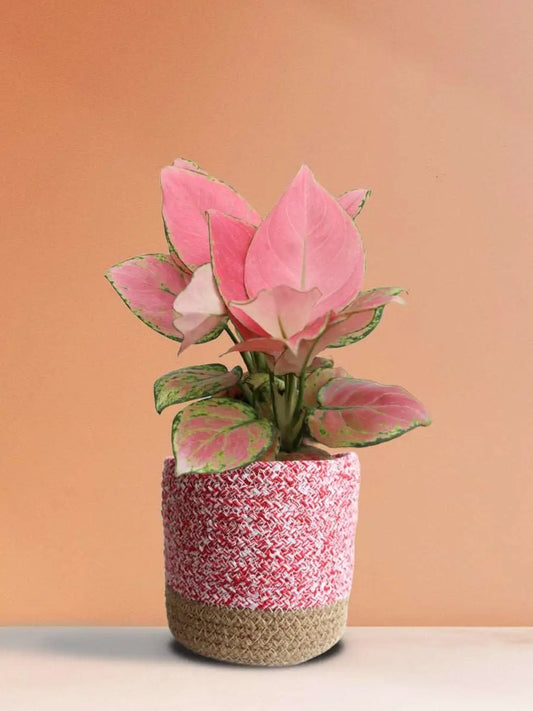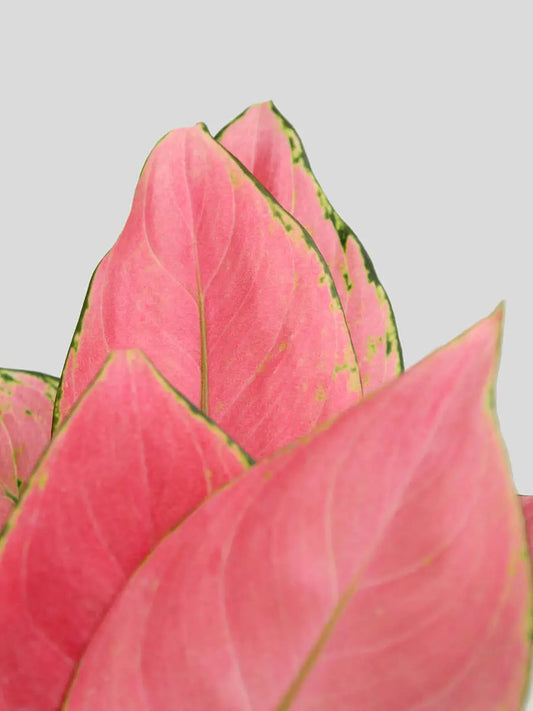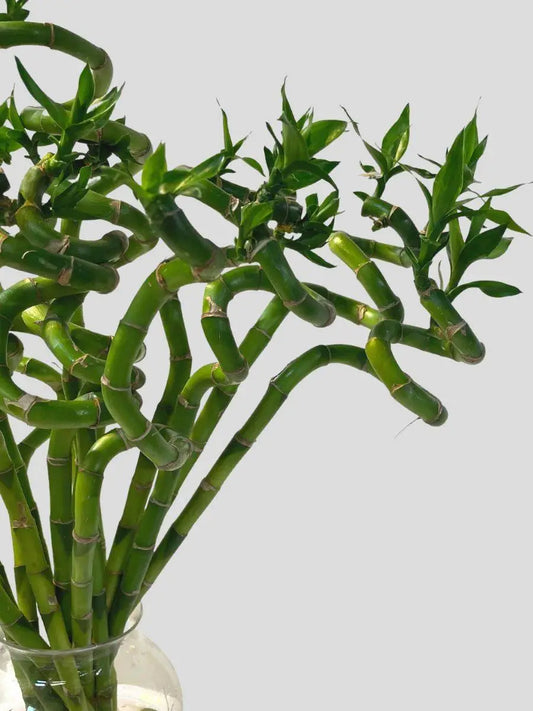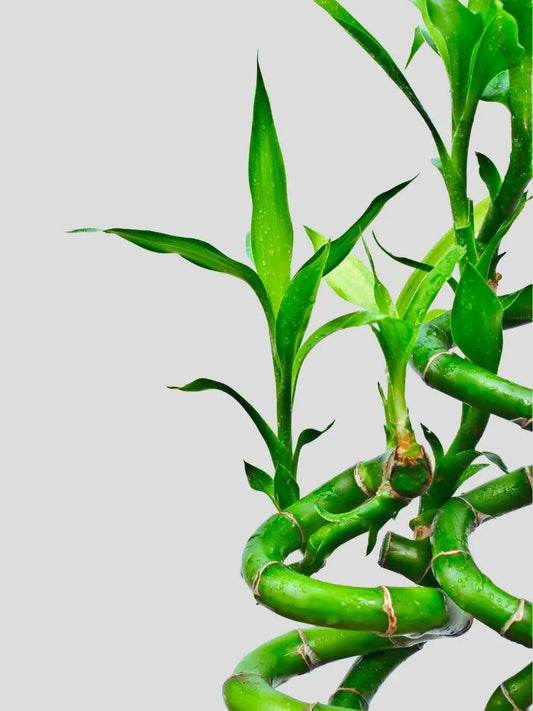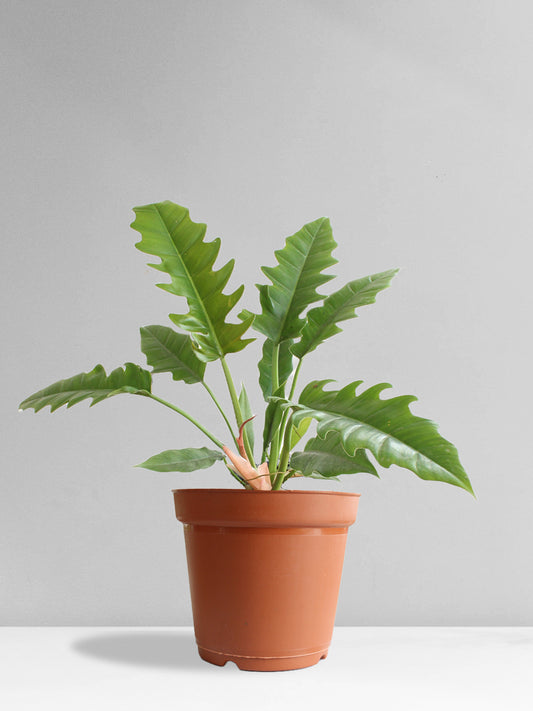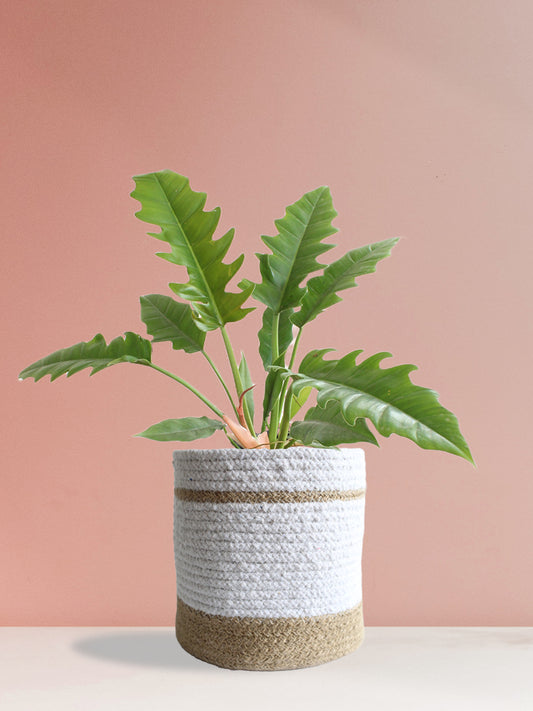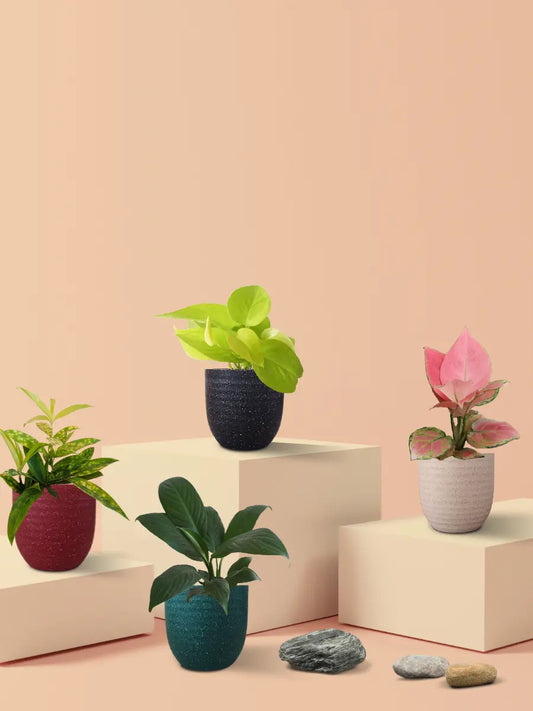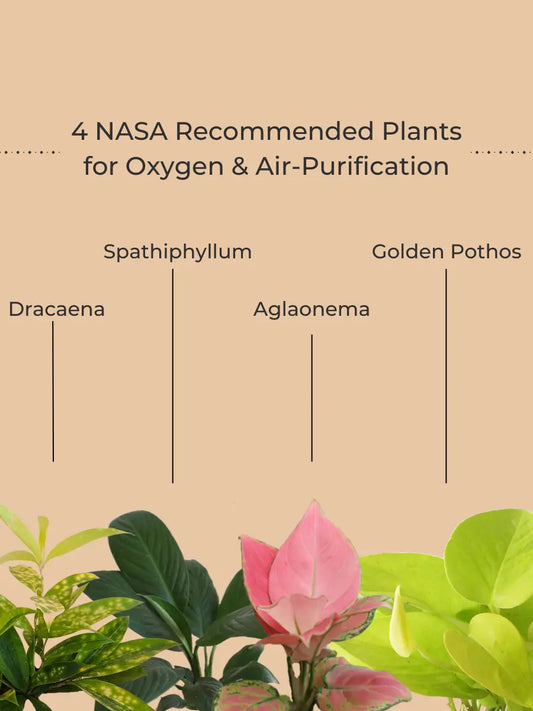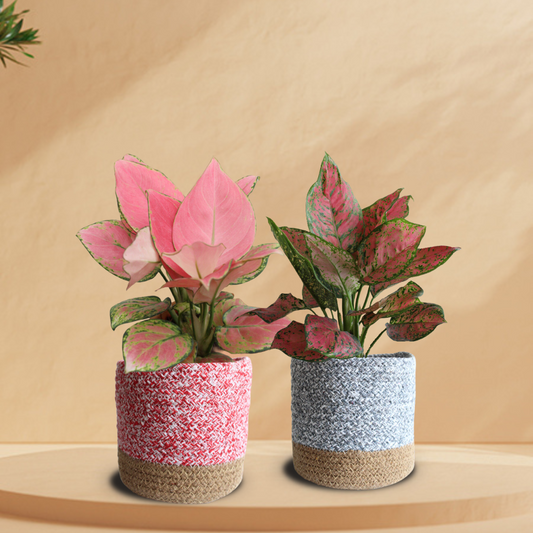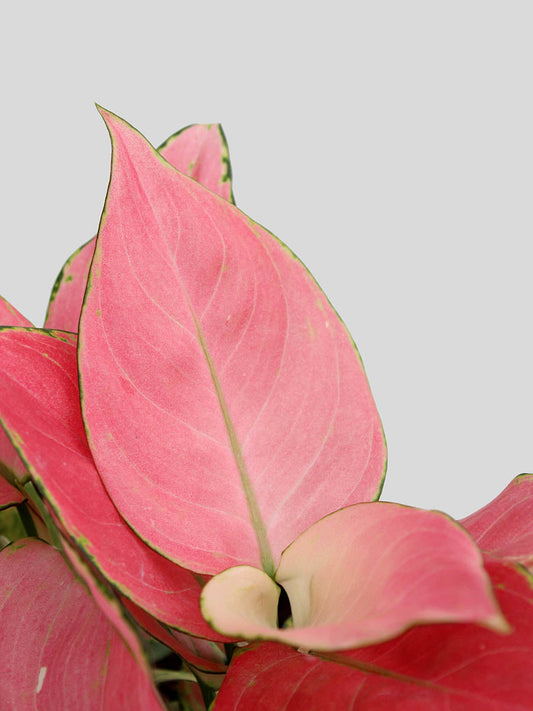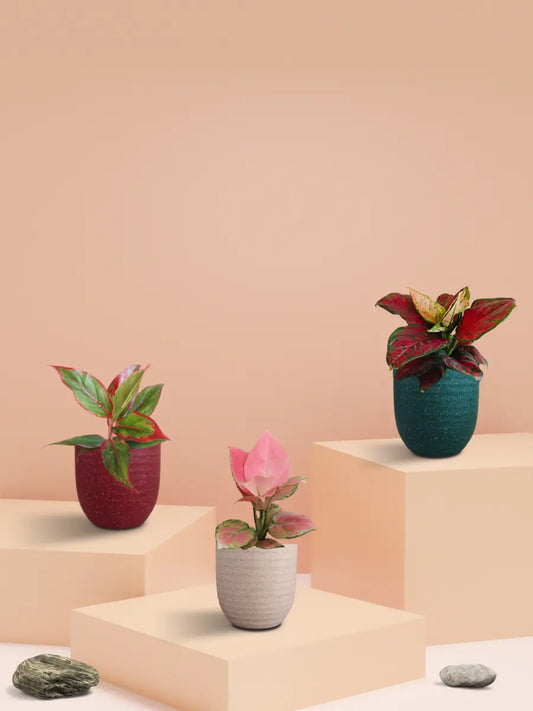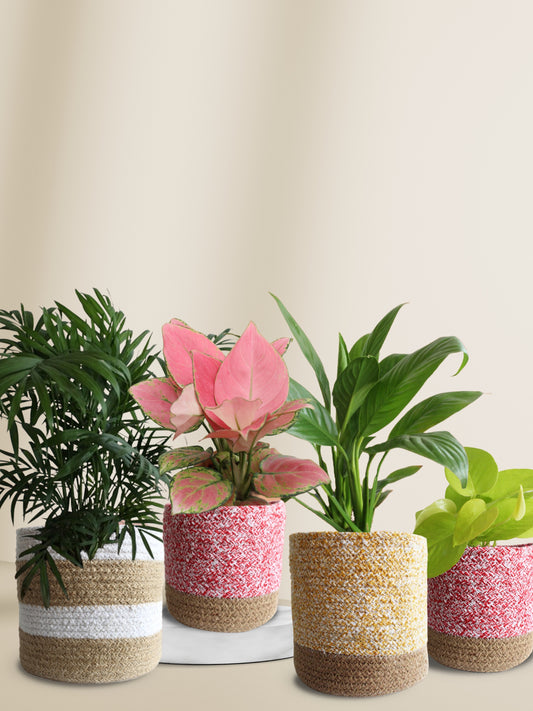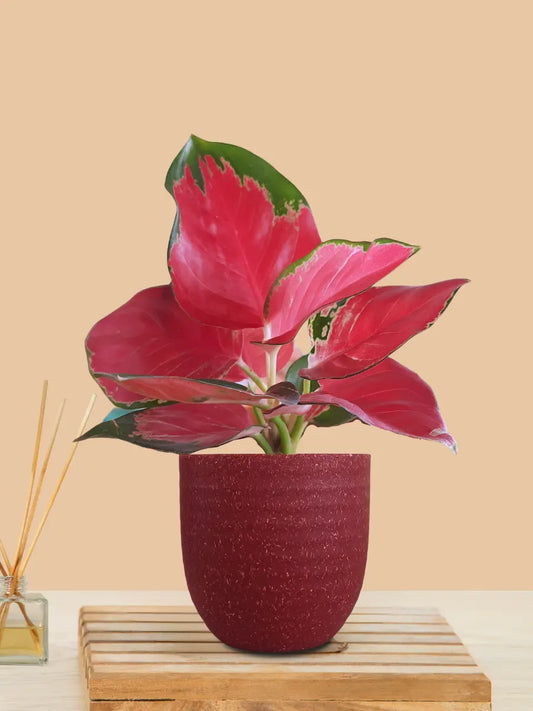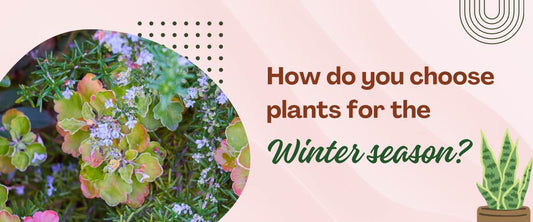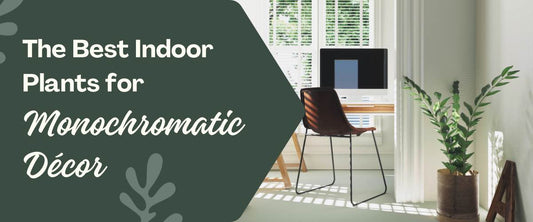All About Carnivorous Plants
Caught in a sticky embrace by a plant! A fly buzzes by, enticed by a nectarous, sweet scent! Not just any plant, not when it hides from a smart hunter with leaves. This plant is called a carnivorous plant because it hunts and eats microscopic creatures. These plants grow in harsh conditions due to their intricate evolutionary adaptations and clever traps.
Explore the unique world of carnivorous plants, which sometimes catch and eat small animals like bugs, spiders, and insects for food. These plants show how smart nature is by surviving in harsh environments with clever traps and complex evolutionary adaptations. Exploring the molecular structure of their traps and the challenges they encounter in a human-modified world, this composition reveals the various types of carnivorous plans.
What are carnivorous plants?
Carnivorous plants are a type of plant that can capture and eat small insects for nourishment. Similar to other plants, carnivorous plants use photosynthesis to get energy and capture insects in different ways. The evolution of carnivorous plants has enabled them to thrive in nutrient-depleted environments. They formed multiple traps, such as stick hairs or suction traps, to allure and ensnare animals like insects and bugs.
Some well-known plants that eat other plants are the Venus flytrap, the pitcher plant, and the bladderwort. Among the more than 583 species currently known, approximately 100 have only recently been discovered or described experimentally. Also, there are around 300 different types of protocarnivorous plants, which are like predatory plants in some ways. Tragically, around 25% of all species are in danger due to human activity.
Also Check This: Breathe Easy: 11 Best Indoor Plants For Oxygen
Different Types of Carnivorous Plants
Carnivorous plants eat small insects, frogs, and small species. There are three primary types of plants that eat animals, based on the type of trap they use to catch their food. Each type's evolutionary traps contain complex structural processes that lure, capture, kill, and absorb food for nourishment.
The three main types of traps used by plants that eat animals:
- Active Traps:
- Semi-Active Traps:
- Passive Traps:
- Active Traps: Active traps suck or drive prey into the trap for digestion. For example, the Venus Flytrap is the most well-known active trap for carnivorous plants. It has "trigger hairs" that, upon touch, transmit an internal signal to the bees. When touched at the correct time, these hairs close the trap on prey.
- Semi-Active Traps: Semi-active traps are traps that combine passive capture and active movement to capture prey. Common sundew uses this type. When the sundew flaps its arms, food falls into the trap. If more is dropped, the prey will slide down due to the sticky hairs.
- Passive Traps: In a passive trap, the plant remains immobile. They don't take advantage of the fact that their prey dug itself into a trap. Most of the time, they hide in holes or other structures that their prey can't get out of.
Also Check This: Best Low-Light Indoor Hanging Plants
Six Types of Traps Used by Carnivorous Plants
Carnivorous plant species use six types of traps:
- Pitfall (Pitcher) Traps
- Flypaper Traps
- Snap Traps
- Bladder Traps
- Corkscrew Traps
- Lobster-Pot Traps
1. Pitfall (Pitcher) Traps:

The pitfall trap is a modified leaf with a digestive enzyme or bacteria chamber in the bottom. Bugs can easily crawl into this top pitcher, but they rarely find the tube's inverted hairs or slipperiness to escape.
2. Flypaper Traps:

Flypaper traps have glue-covered leaves. When a fly gets stuck on leaves, cell sap is secreted around it to aid digestion.
3. Snap Traps:

The snap trap has hinged leaves that close when an insect touches a hair on the surface of the leaf. Then, a slow-release gland breaks down the bug.
4. Bladder Traps:

The bladder trap is usually found in water or soggy soil and has leaves that look like bladders. There are big bladders attached to the leaves, which make a trap. When an insect touches a bladder's hair, a vacuum pulls it in and closes the trap. Also formed is cell sap, which slowly digests the insect.
5. Corkscrew Traps:

The corkscrew trap traps with one or two locks and tubular leaves. Because the tubercle is inside and up, anti-clockwise insects cannot crawl out, making these traps effective.
6. Lobster-Pot Traps:

The lobster-pot trap has a black triangular hole in the leaf that only insects can get through. If an insect tries to get out, it will touch an anticlockwise hair that makes it impossible for the insect to get away. The trap releases enzymes to fully digest the insect.
Also Check This: Ceramic Vs Terracotta Pots Best For Your Plants
The Best Carnivorous Plants That Eat Bugs
Some plants show insectivorous behavior by eating bugs instead of being eaten by them. There are about 700 kinds of these plants that eat flesh, and they live in many places around the world. Let's look at the best carnivorous plants that eat bugs and see how each trap type shows how smart nature is at catching and eating bugs. Some of the best carnivorous plants are:
- Venus Flytraps: Venus Flytraps have "jaw"-shaped leaves that are hinged and have sensitive trigger hairs that snap shut, trapping prey in their digestive embrace.
- Cobra Lily: The Cobra Lily is native to California and looks like a Pied Piper. Its hooded pitcher leaves and sweet smell attract bugs. Once inside, the hairs that point inward make it impossible to get out, and the cobra lily's digestive juices finish the process.
- Dragon's Mouth Jewel Orchid: The Dragon's Mouth Jewel Orchid is a beautiful petal from South Africa. Its long, pouched petals hide a trapdoor surrounded by sharp hairs.
- Mexican Bladderwort: The Mexican Bladderwort has bladders that are submerged and have tiny trapdoors that let tiny creatures like plankton and tadpoles in. Enzymes inside the bladders breakdown the food that the animals eat, providing them with essential nutrients.
- Pitcher plants: Pitcher plants have leaves that look like pitchers and smell sweet. However, the edges of their leaves are slippery, making them impossible to get out of.
- Butterworts: Butterworts have sticky surfaces that attract insects like flypaper, and digestive enzymes break down the food they eat.
- Brocchinia Reducta: Brocchinia Reducta is a vibrant carnivorous chameleon that originates from Venezuela. Its leaves are thick and prickly, and they conceal tiny barbs that point inward and are designed to capture and cut unfortunate insects.
- Portuguese Sundew: The Portuguese Sundew has tentacles that are sticky and shiny, and it uses its specialized leaves to engulf insects and absorb the nutrients that they contain.
- Waterwheel Plant: A waterwheel plant is a European aquatic marvel that spins its feathery, trap-laden leaves through the water, providing a quick and easy meal for any creature that brushes against it.
Use of Carnivorous Plants
Carnivorous plants are useful in the following ways:
1. Use in Traditional Medicine:
Nepenthes pitchers are used in Southeast Asian traditional medicine as antimicrobial and anti-inflammatory. In some cultures, Drosera sundews treat respiratory issues. These novel uses of carnivorous plants demonstrate their versatility and cultural significance beyond ecology.
2. Use in the Research Field:
Carnivorous plants are popular botany subjects in many educational institutions. For example, a carnivorous Venus flytrap collects insects with its two leaves. Two leaves close when an insect rests on them. The leaves reopen to catch another innocent insect after catching one. Researchers are seeking to profit from this enigma. Researchers explore the plant's traps. There have also been attempts to determine the flytrap's value. Researchers and scientists developed biomimetic technologies after solving the mystery.
Also Check This: Choosing the Right Indoor Plants for Your Zodiac Sign
Conclusion
Carnivorous plants use various traps to ensure their survival in harsh environments. These plants use pitfall, flypaper, snap, bladder, corkscrew, and lobster-pot traps to eat bugs. Aside from their ecological roles, these plants serve cultural purposes and are the subject of ongoing scientific research.


